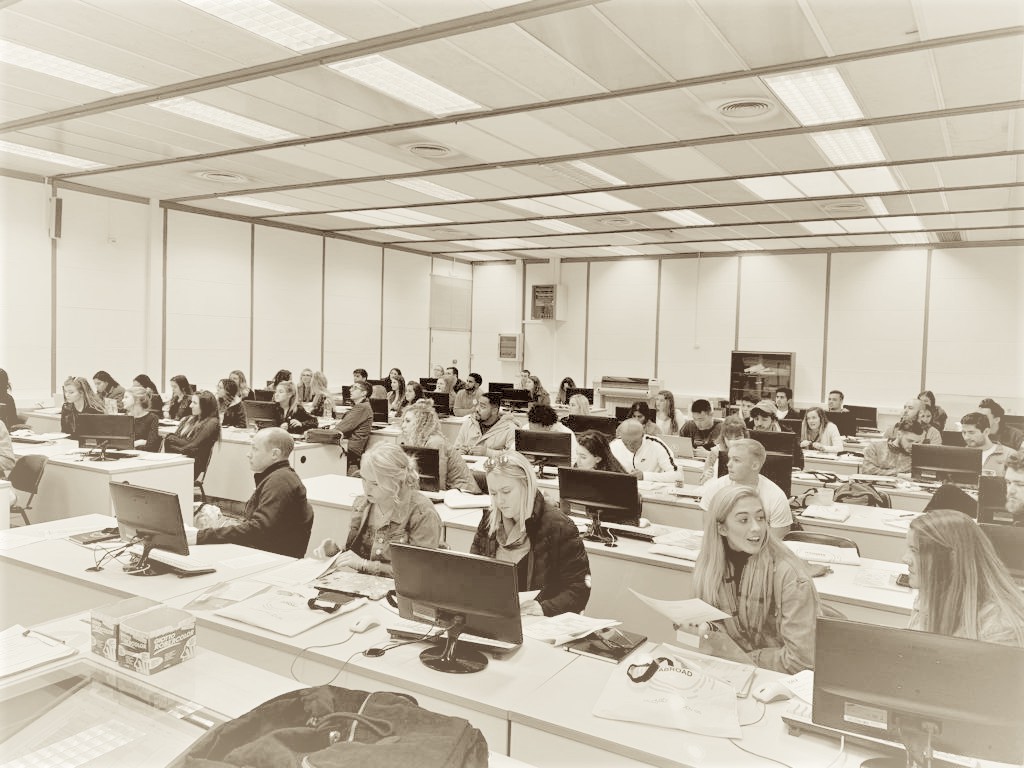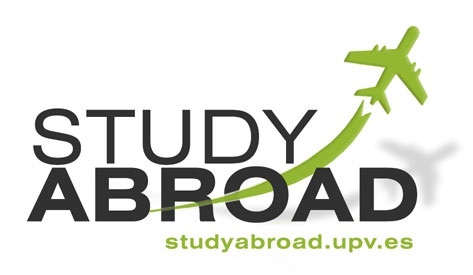
|
|

• Attendance
• Assessments
• Sexual Harassment Policy
• Students With Disabilities
• Academic Honesty Policy
• University Ombudsman
• Statement On Audio And Video Recording
• Syllabus Change Policy
Advanced Spanish I
3 Credits | 400 Level | 38 Contact hours
- MUÑOZ-BASOLS, J., GIRONZETTI, E. y PÉREZ SINUSÍA, Y. (2013). ¡A debate! Estrategias para la interacción oral. Nivel C. Madrid: Edelsa. (ISBN: 978-84-7711-797-1)
- Masoliver, Joaquín (1999) Historias breves para leer. Nivel intermedio. Editorial SGEL.
Attendance is required with the printed copy of your book (digital format not accepted) as well as any other necessary material for the correct development of the course.
These two advanced Spanish courses are designed for students who may manage daily tasks and interactions, but still need to improve their control over different oral and written registers. In addition, these courses will offer the opportunity to enhance their vocabulary in specific and technical areas, and to improve grammatical accuracy in their oral and written expression.
SPANISH:
UNIDAD 1.El mundo en tus manos
UNIDAD 2. Un día de cine
UNIDAD 3. Periodismo sin fronteras
UNIDAD 4. Música para mis oídos
UNIDAD 5. A ciencia cierta
UNIDAD 6. ¿Trabajar para vivir o vivir para trabajar?
UNIDAD 7. Curarse en salud
UNIDAD 8. Tanto tienes, tanto vales
UNIDAD 9. El que ríe el último
Upon successful completion of this course, students will be able to:
• Demonstrate knowledge of major Spanish grammatical structures.
• Choose among lexical options those which are appropriate for written expression.
• Develop and apply effective strategies of expository writing.
• Write compositions with increased lexical and grammatical accuracy and coherent organization.
• Exams: midterm: 25% + final: 25% = 50%
• Lectures: 15%
• Project: 15%
• Assignments: 10%
• Class participation: 10%
Attending class is MANDATORY in this course
|
